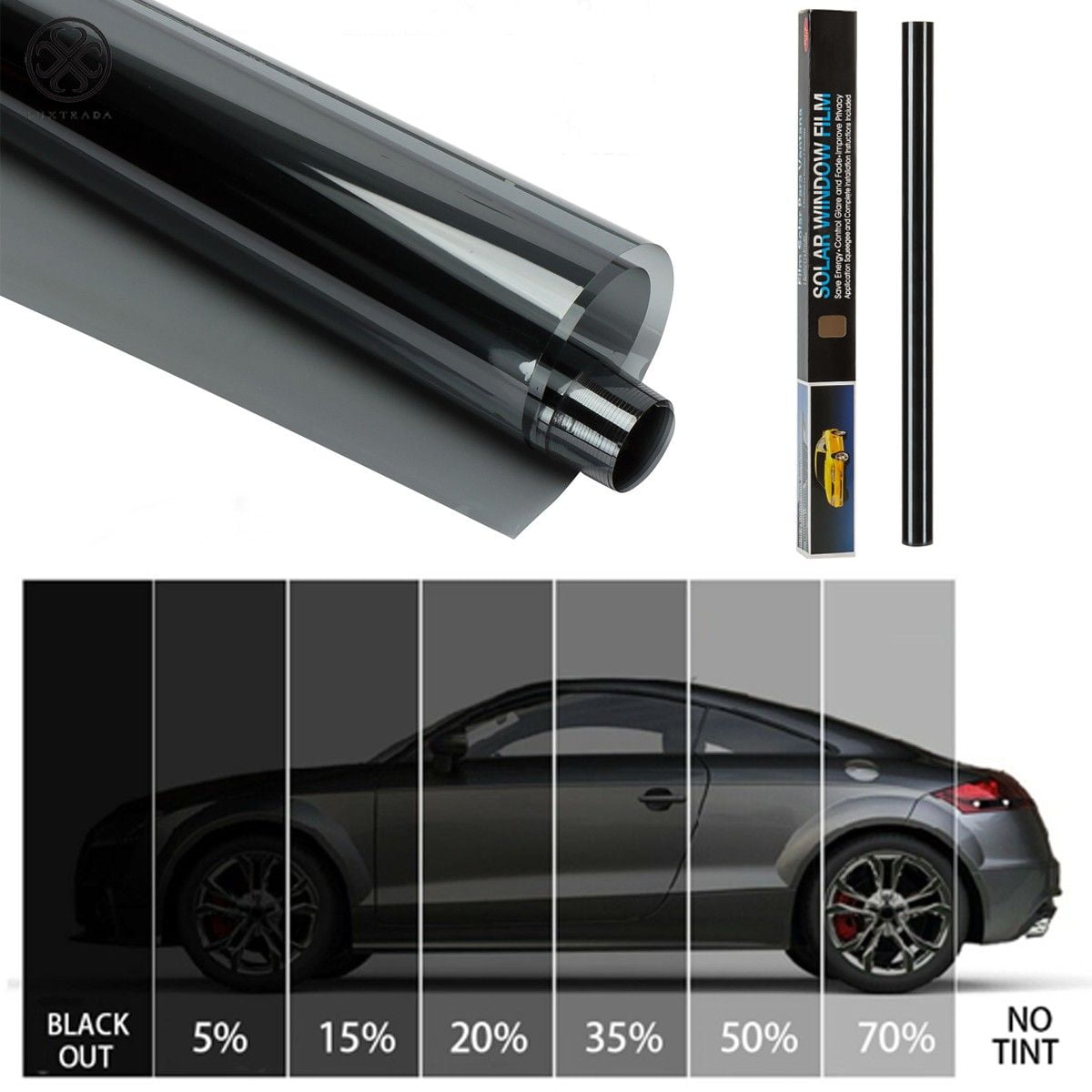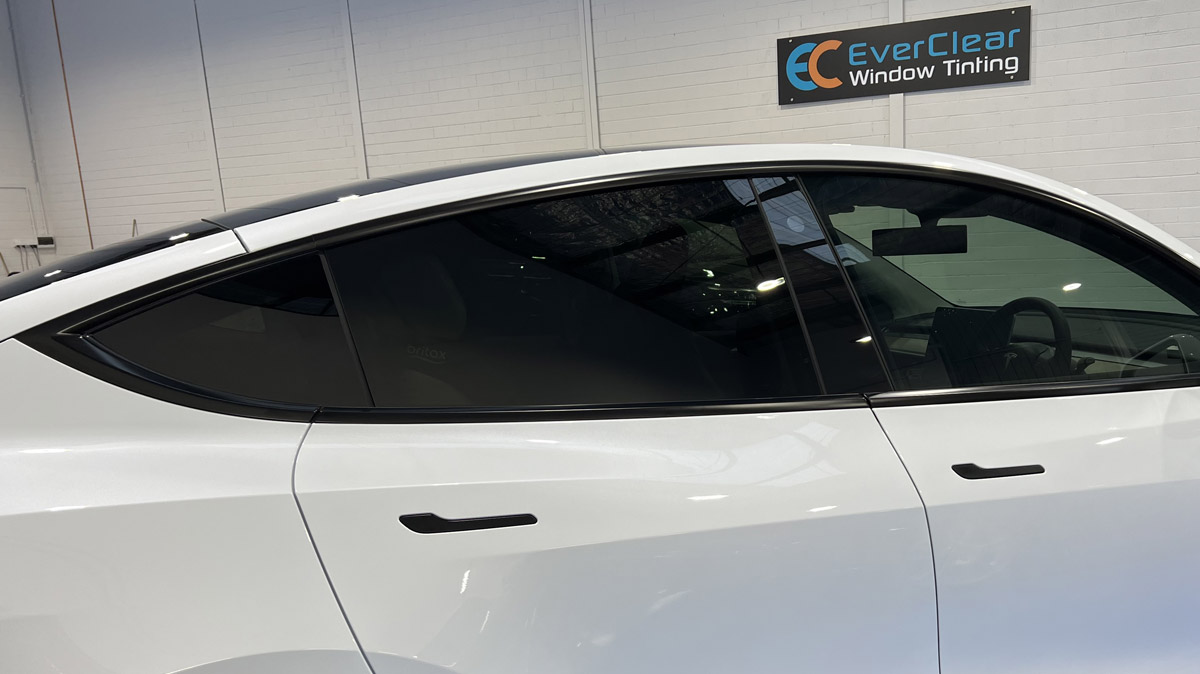Keep Cool and Comfortable: The Science Behind Window Tinting
Window tinting represents a sophisticated interaction of materials scientific research and functional application, working primarily through a thin movie that changes the method light connects with glass. As we discover the various mechanisms and benefits associated with Window tinting, it ends up being noticeable that its impact extends beyond convenience, affecting energy usage and environmental sustainability.

Exactly How Window Tinting Works
Window tinting runs through the application of a thin film to the glass surface area, which offers to customize the means light communicates with the Window. This movie is normally composed of polyester or other synthetic materials and is installed with different dyes and steels that influence light transmission and representation. When light strikes the colored Window, a section of it is soaked up, while some is shown, and the remainder passes with.

In addition, Window tinting can improve personal privacy and lower glare, making spaces much more comfy without jeopardizing presence. The efficiency of Window tinting differs based upon elements such as the sort of film used, the angle of light incidence, and the characteristics of the glass. Understanding these principles is necessary for choosing the proper color for particular demands and atmospheres.
Advantages of UV Security
Among the most substantial advantages of Window tinting is its capacity to supply effective UV defense. Ultraviolet (UV) radiation from the sunlight is a well-documented reason for skin damages, consisting of premature aging and a boosted risk of skin cancer (AO Detail Window Tinting). By incorporating Window tinting, people can substantially reduce their direct exposure to hazardous UV rays, boosting their general wellness and well-being
Top notch Window film can block as much as 99% of UV radiation, creating a much safer atmosphere for residents. This protection is especially valuable for those that invest prolonged periods inside, such as workplace employees or locals in bright climates. UV exposure can lead to fading of indoor furnishings, art work, and flooring, resulting in expensive substitutes. Window tinting aids reduce these results, preserving the visual allure and honesty of indoor rooms.
Additionally, many Window film offer a double benefit by decreasing glow, which can boost convenience and efficiency. On the whole, the implementation of Window tinting functions as an aggressive action to protect health and prolong the life of valued possessions, making it a sensible financial investment for both industrial and residential setups.
Temperature Level Law Mechanisms
Effective temperature guideline is a crucial advantage of Window tinting, as it adds to a more comfy indoor atmosphere. Window film are developed to mirror, take in, and transfer varying levels of solar energy, enabling a controlled management of warmth getting in a space. This regulation is mostly attained with the optical residential or commercial properties of the color, which can block a substantial percent of infrared radiation while allowing visible light to go through.
By lowering warmth gain during warmer months, Window tinting helps keep a steady indoor temperature, lessening the dependence on air conditioning systems. On the other hand, throughout colder months, click here to read specific kinds of Window film can help keep warm within the building. This dual performance makes sure that residents experience constant convenience no matter external weather.
Additionally, Window tinting can reduce temperature level fluctuations caused by straight sunlight, decreasing the threat of warm places near home windows. Because of this, the overall indoor environment comes to be extra well balanced, improving owner fulfillment and efficiency. The scientific research behind these temperature level law mechanisms highlights the value of Window tinting as a useful remedy for improving living and working environments.
Enhancing Power Effectiveness
Energy efficiency is considerably improved with click resources the application of Window tinting, additional structure upon the benefits of temperature regulation. By lowering the quantity of solar heat that gets in a building, Window tinting minimizes the dependence on cooling systems, resulting in reduced power consumption. This not only contributes to reduced energy costs but additionally decreases greenhouse gas exhausts related to energy production.
Along with warmth decrease, Window tinting likewise aids preserve stable interior temperature levels, which can decrease the work on heating unit throughout cooler months. This dual benefit of managing both heat gain and loss outcomes in a much more effective overall energy performance for property and commercial buildings alike.
Moreover, Window tinting can protect home furnishings and interiors from unsafe UV rays, which can create fading and wear and tear gradually. By maintaining the integrity of interior areas, residential property proprietors can reduce the frequency of substitutes and fixings, even more boosting expense savings.
Ultimately, incorporating Window tinting as component of an energy-efficient technique not just optimizes comfort however also promotes sustainability, making it a prudent financial investment for those wanting to enhance their power footprint.
Selecting the Right Color
Choosing the ideal Window tint is essential for making best use of the benefits of this improvement. The option of tint can significantly affect energy performance, visual appeals, and personal privacy. When taking into consideration Window tinting, it is important to examine the different kinds of film offered, consisting of colored, metalized, and ceramic alternatives. Dyed film supply a basic level of warm decrease and privacy yet might discolor useful content in time. Metalized film provide improved warmth rejection and raised sturdiness because of the reflective buildings of metal layers. Nevertheless, they may conflict with digital signals.
Ceramic Window film represent a premium option, incorporating excellent thermal insulation with low reflectivity, thereby protecting a clear sight. It is also crucial to consider the legal guidelines pertaining to tint darkness in your area, as compliance is vital to make certain and prevent penalties safety.
In addition, evaluating your certain needs-- such as UV defense, glow reduction, and personal privacy-- will certainly assist your option process. Consulting with a specialist installer can offer important insights and suggestions customized to your scenario. Ultimately, the right Window color equilibriums functionality and appearances, adding to a comfortable and energy-efficient atmosphere.
Final Thought

Window tinting stands for an advanced interaction of materials science and functional application, functioning largely via a thin film that alters the method light communicates with glass.Window tinting operates via the application of a slim movie to the glass surface, which serves to change the method light connects with the Window. By integrating Window tinting, individuals can considerably decrease their direct exposure to harmful UV rays, improving their total health and wellness and health.
In addition, Window tinting can reduce temperature level fluctuations caused by direct sunlight, decreasing the danger of warm areas near home windows. When considering Window tinting, it is crucial to assess the different kinds of film readily available, including colored, metalized, and ceramic alternatives.